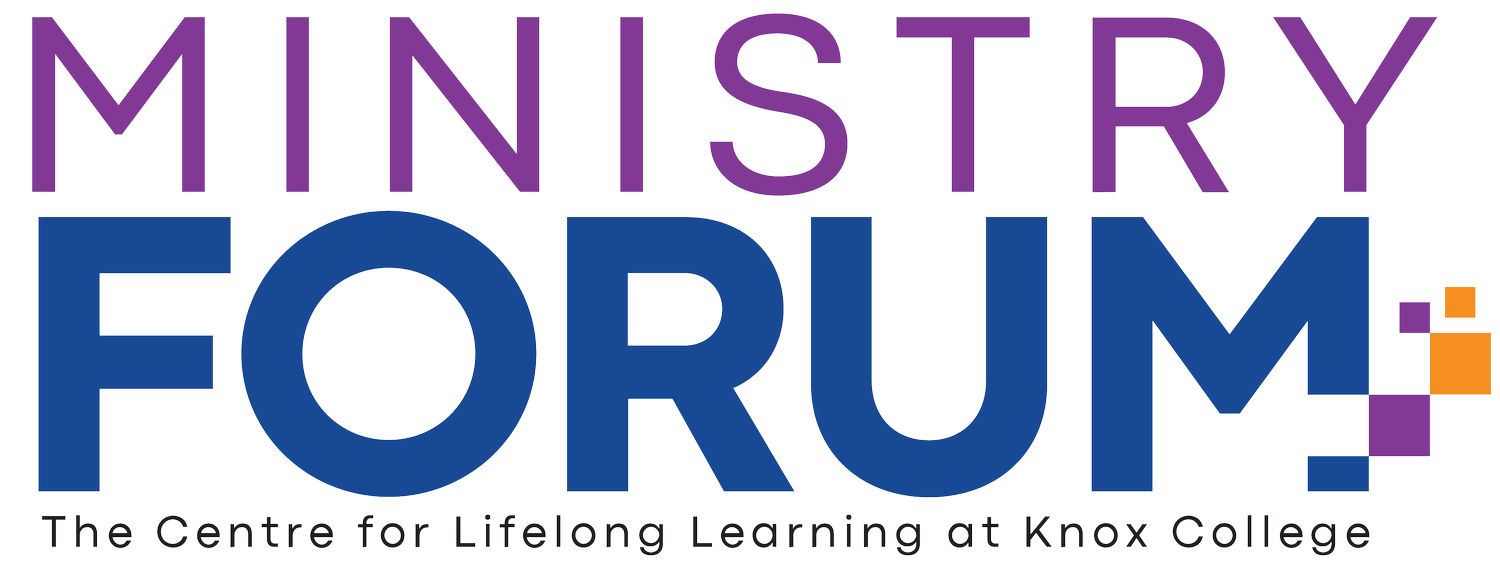Losing Our Religion? Digging into Canada’s Spiritual Landscape
I had no idea Statistics Canada had a podcast. I suppose I thought their strengths lay more in bar graphs than broadcast—but I stand corrected. If you’ve got 38 minutes (quicker if you listen at 1.2 speed!), I highly recommend the Eh Sayers episode, “Losing Our Religion? It’s Not That Simple.”
It’s a deep and surprisingly nuanced look at the state of faith in Canada today. We know from the 2021 census that 12.6 million Canadians—over a third of the population—now report no religious affiliation. But what the podcast explores, with help from sociologist Sarah Wilkins-Laflamme (we’ve shared her research before) and StatCan analyst Simon-Pierre Lacasse, is just how diverse and complex that category of “nones” really is…. becasue “No religion” doesn’t always mean “no faith.”
From Affiliation to Meaning: What Are We Really Losing?
Only about 25% of the religiously unaffiliated identify as atheists.
Many more are agnostic, spiritual-but-not-religious, or simply disengaged from institutional religion without abandoning spiritual practices.
For example, one participant shared how, despite leaving evangelicalism, she still sings along to church music and attends Christmas services with her mother. Others light candles, say prayers, or “talk to their deceased grandmother,” despite disavowing formal belief in God.
In other words, faith expressions persist—but in private, symbolic, or individualized forms. It's less “loss of religion” and more “displacement of religion” from the public square and communal practice into something far more personal.
Regional Spiritualities
The podcast also outlines sharp regional distinctions:
British Columbia is Canada’s epicentre of religious disaffiliation but also a hub of spiritual experimentation—meditation, nature reverence, Indigenous spirituality.
Quebec is home to a strong “cultural Catholicism.” Many identify as Catholic even while rejecting the church’s authority and teachings.
Atlantic Canada, meanwhile, retains strong Christian identities, especially among older generations, with the local church still seen as a cultural hub.
So what’s the takeaway? Spiritual hunger is alive—but it no longer flows neatly through denominational lines or traditional structures. Many still seek meaning, community, and transcendence, just not necessarily through a Sunday service or formal membership.
Why This Matters for Ministry Leaders
This shifting landscape presents a serious challenge—but also a missional opportunity.
Beneath the surface, there’s a longing for connection, ritual, and rootedness. People still grieve, pray (even if awkwardly), search for truth, and raise big questions. What we’re losing may not be belief, but the habits and communities that once sustained it.
As ministry leaders, what would it look like to offer gentle, credible re-entry points into the life of faith? To create spaces for curiosity and healing, especially for those burned by past religious experiences? To recognize that many Canadians still engage in “spiritual practices” even if they’ve left behind “religious structures”?
It may mean rethinking how we measure engagement. Or learning to value the threshold conversations that happen not in sanctuaries but on sidewalks, over coffee, or at a funeral.
What do you think?
Have you seen this shift in your community?
What spiritual hungers are you noticing outside traditional church walls?
How might your ministry adapt to meet people where they are?

